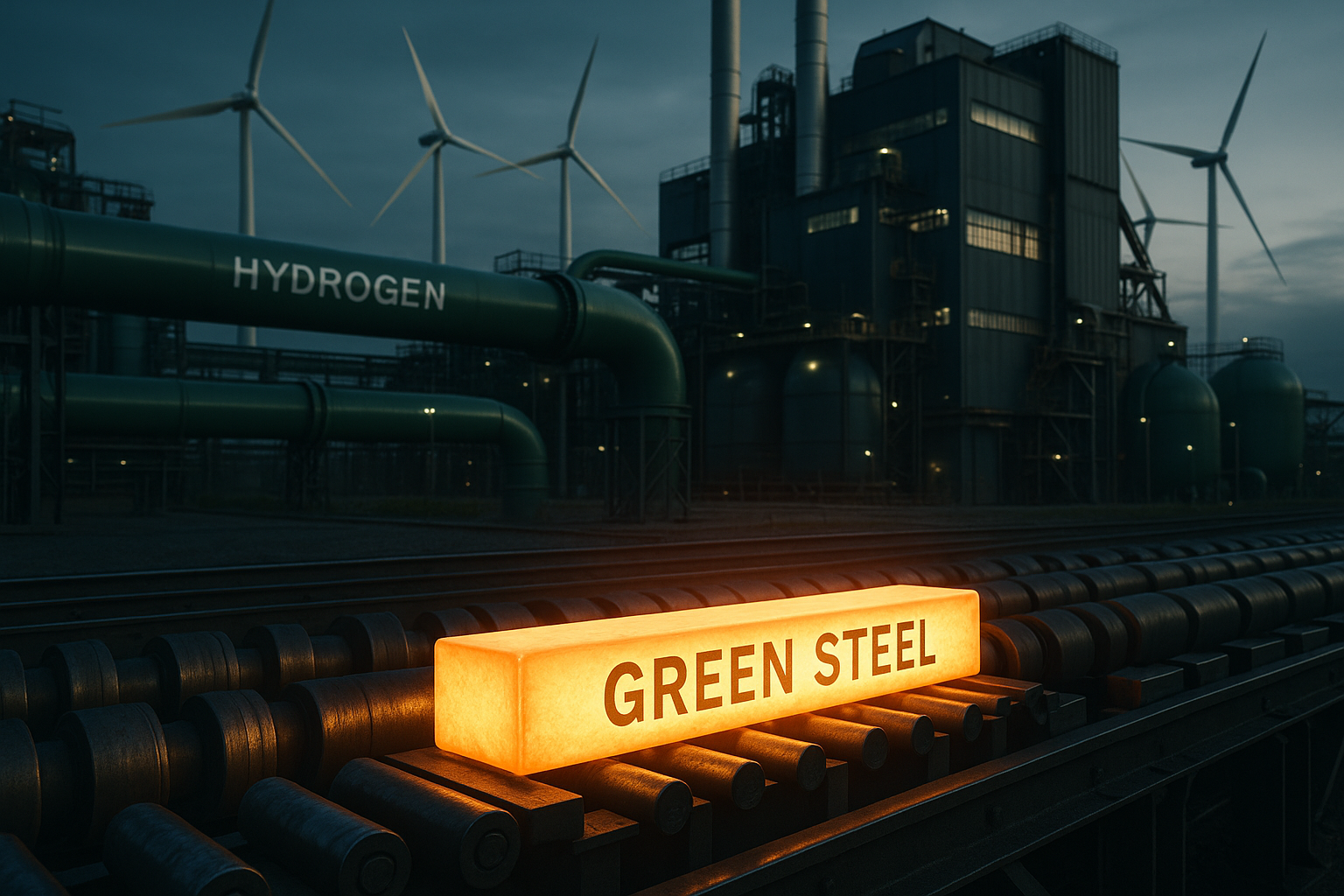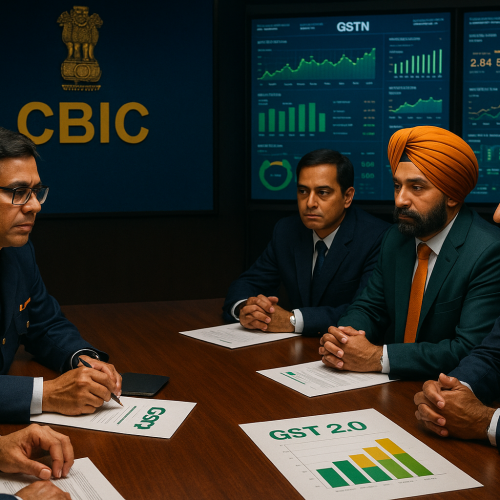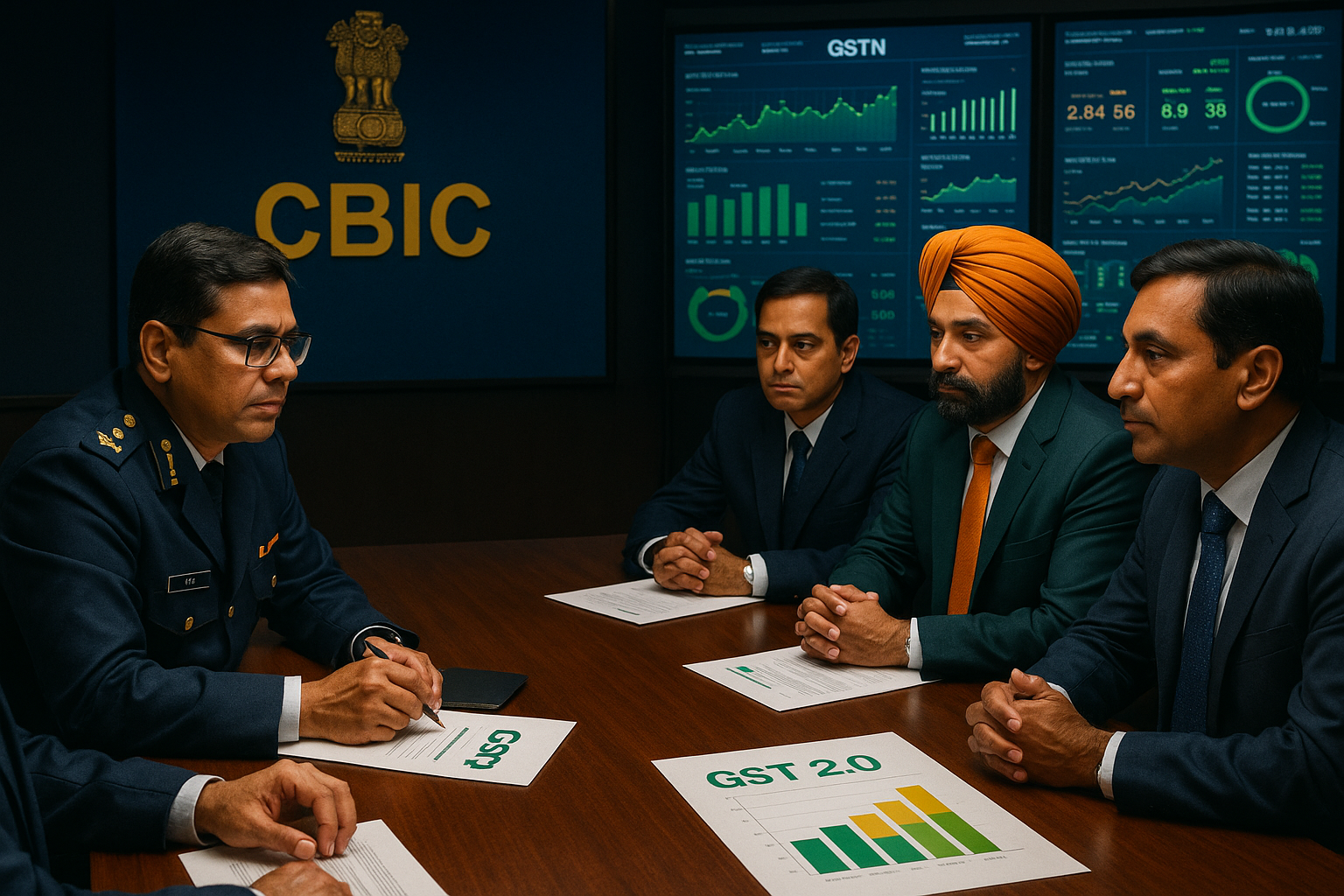The Indian government is preparing to greenlight a fresh set of incentives to accelerate green steel production, aligning with the country’s climate commitments and industrial transition goals. By supporting low-carbon steelmaking technologies, the initiative aims to cut emissions, enhance global competitiveness, and attract green financing into the steel sector.
This marks a critical step in India’s journey toward achieving net-zero by 2070, while ensuring its steel industry — one of the world’s largest — adapts to stricter sustainability benchmarks.
Core Development
According to officials, the government’s proposal includes:
Production-Linked Incentives (PLI): Tailored for companies adopting green hydrogen and renewable energy-based steelmaking.
Tax Benefits & Subsidies: For investments in carbon capture, energy-efficient furnaces, and R&D.
Market Development Support: Boosting demand for green steel in infrastructure and auto sectors.
The reforms will position India as a key player in the global green steel market, which is expected to grow rapidly as countries impose carbon tariffs.
Key Drivers Behind the Move
Climate Commitments: Aligning with India’s net-zero and Paris Agreement goals.
Trade Competitiveness: Avoiding penalties under future carbon border adjustment mechanisms (CBAM).
Investor Appetite: Tapping into rising global demand for ESG-linked investments.
Stakeholder Impact
Steel Companies: Gain incentives to adopt sustainable production and attract green capital.
Government: Advances both industrial policy and climate goals simultaneously.
Consumers & Exporters: Access to competitively priced green steel, protecting long-term trade interests.
Industry & Policy Reactions
Industry leaders welcomed the move, noting that transitioning to green steel is capital intensive, and incentives will ease the burden. Analysts emphasized that early adoption will safeguard India’s export markets, particularly in Europe where carbon tariffs are imminent.
Challenges Ahead
High Costs: Green steel production is 20–30% costlier than conventional methods.
Technology Gaps: Large-scale deployment of hydrogen-based steelmaking is still evolving.
Financing Needs: Requires consistent policy and investor confidence to mobilize capital.
Strategic Outlook
By incentivizing green steel, India is signaling its intent to blend industrial growth with sustainability. If executed effectively, the policy could place India at the forefront of the global green materials supply chain, creating new opportunities for exports, investment, and jobs.
Why This Matters
Steel contributes nearly 12% of India’s industrial emissions. Transitioning to green steel is not only a climate imperative but also a strategic necessity to protect India’s competitiveness in global trade and align with its long-term growth vision.












